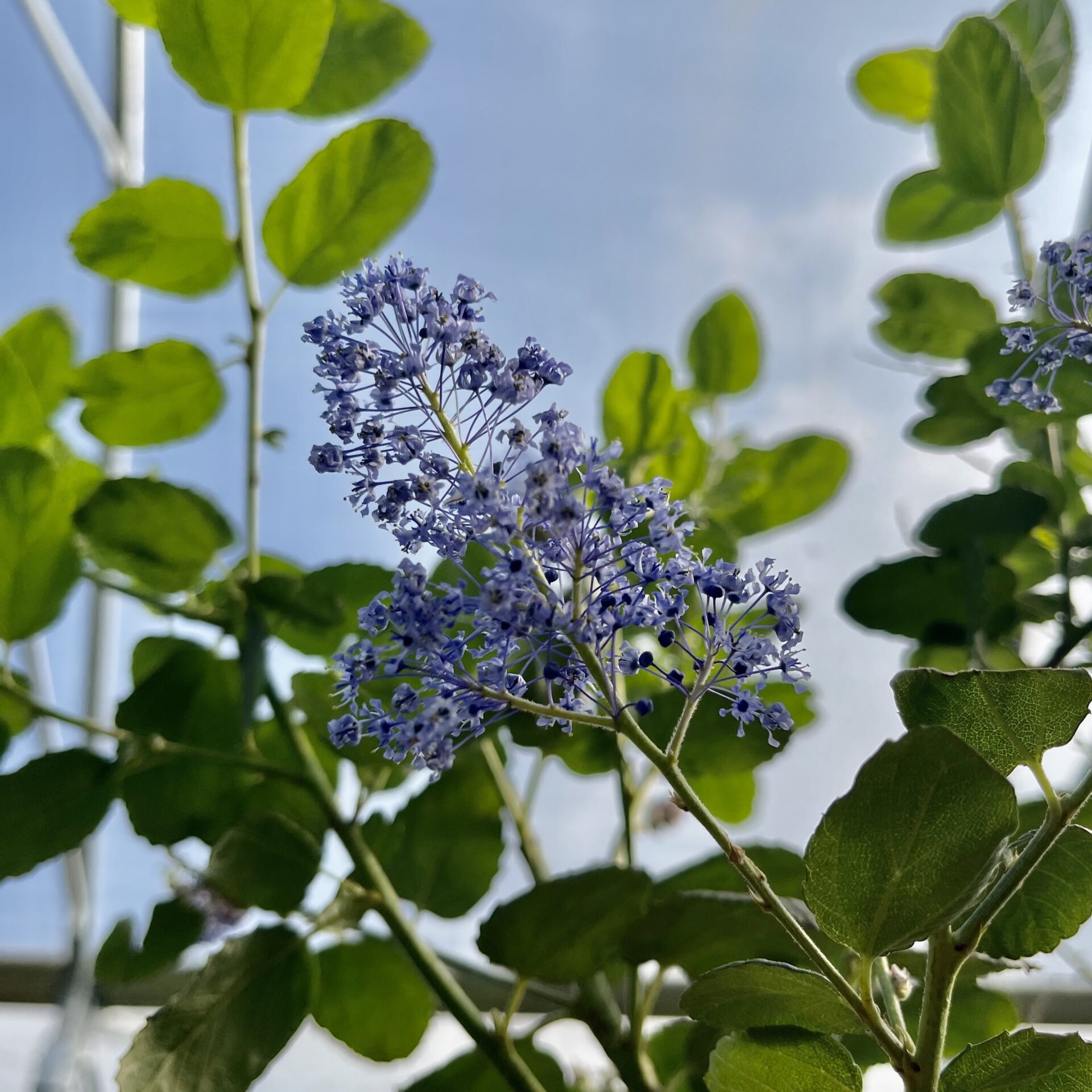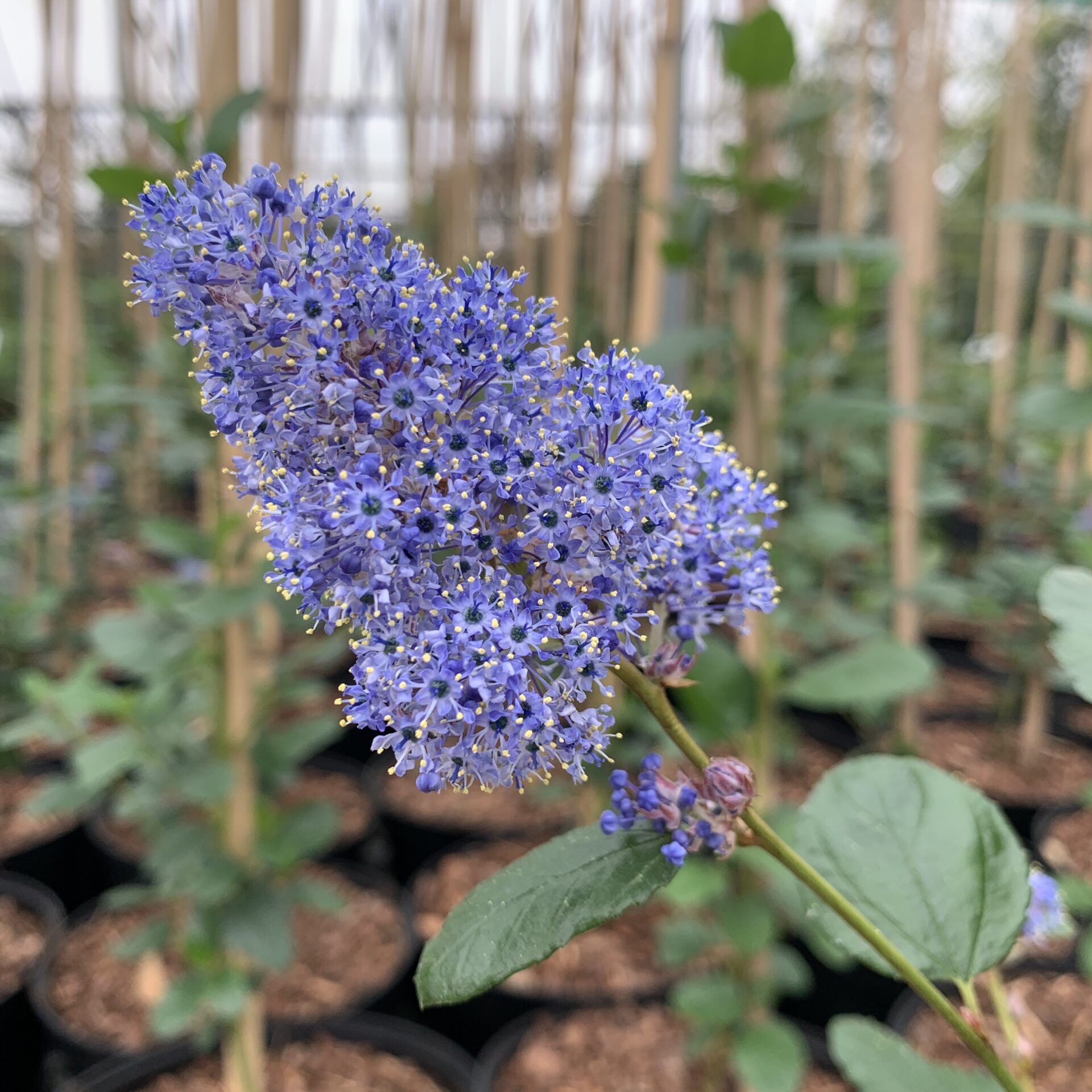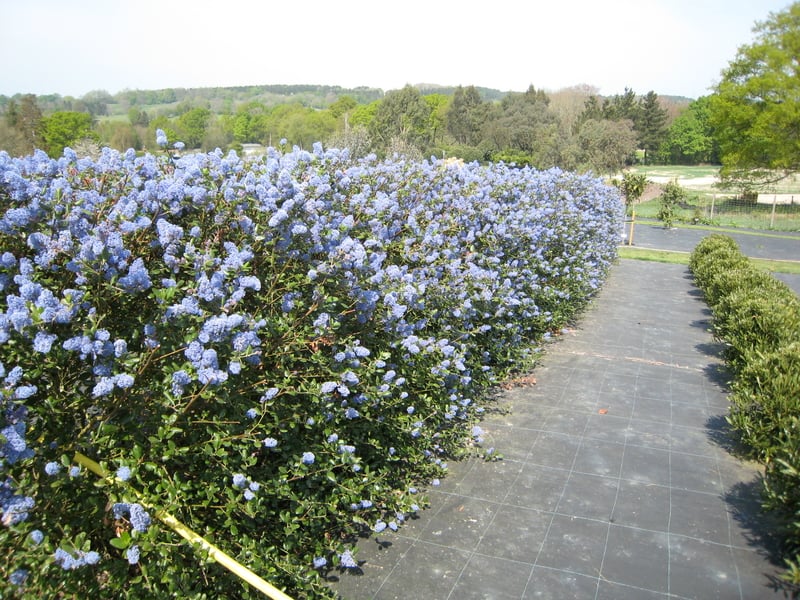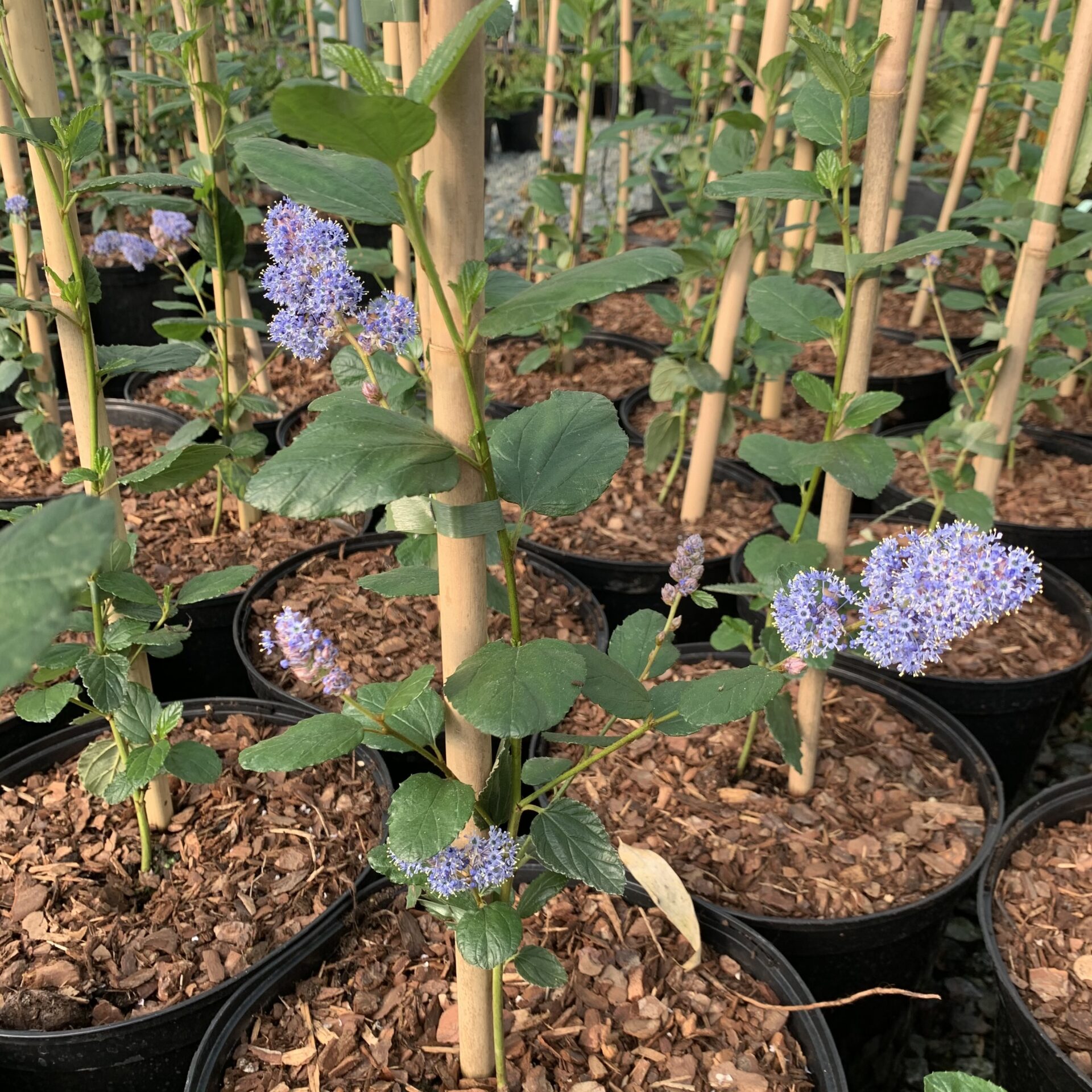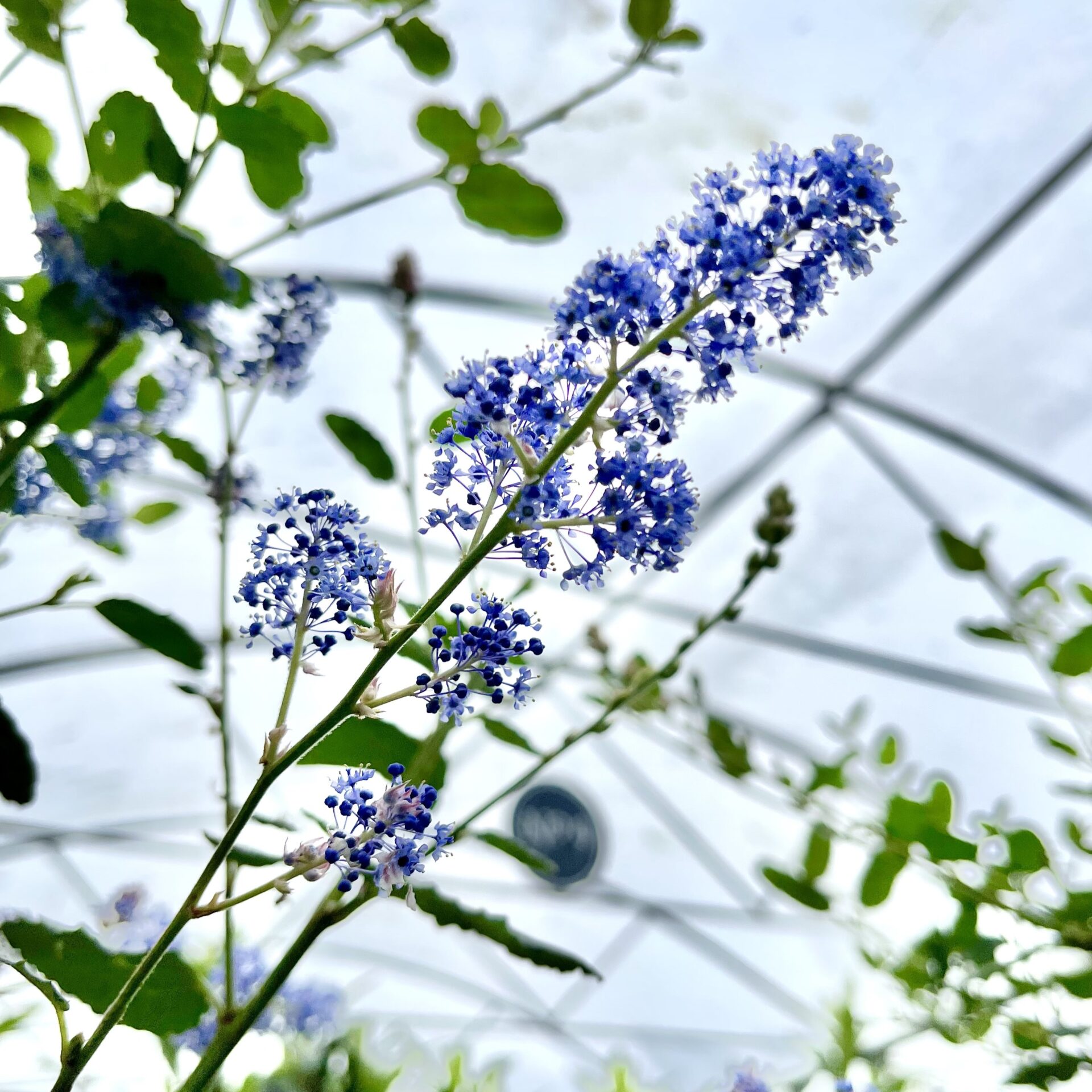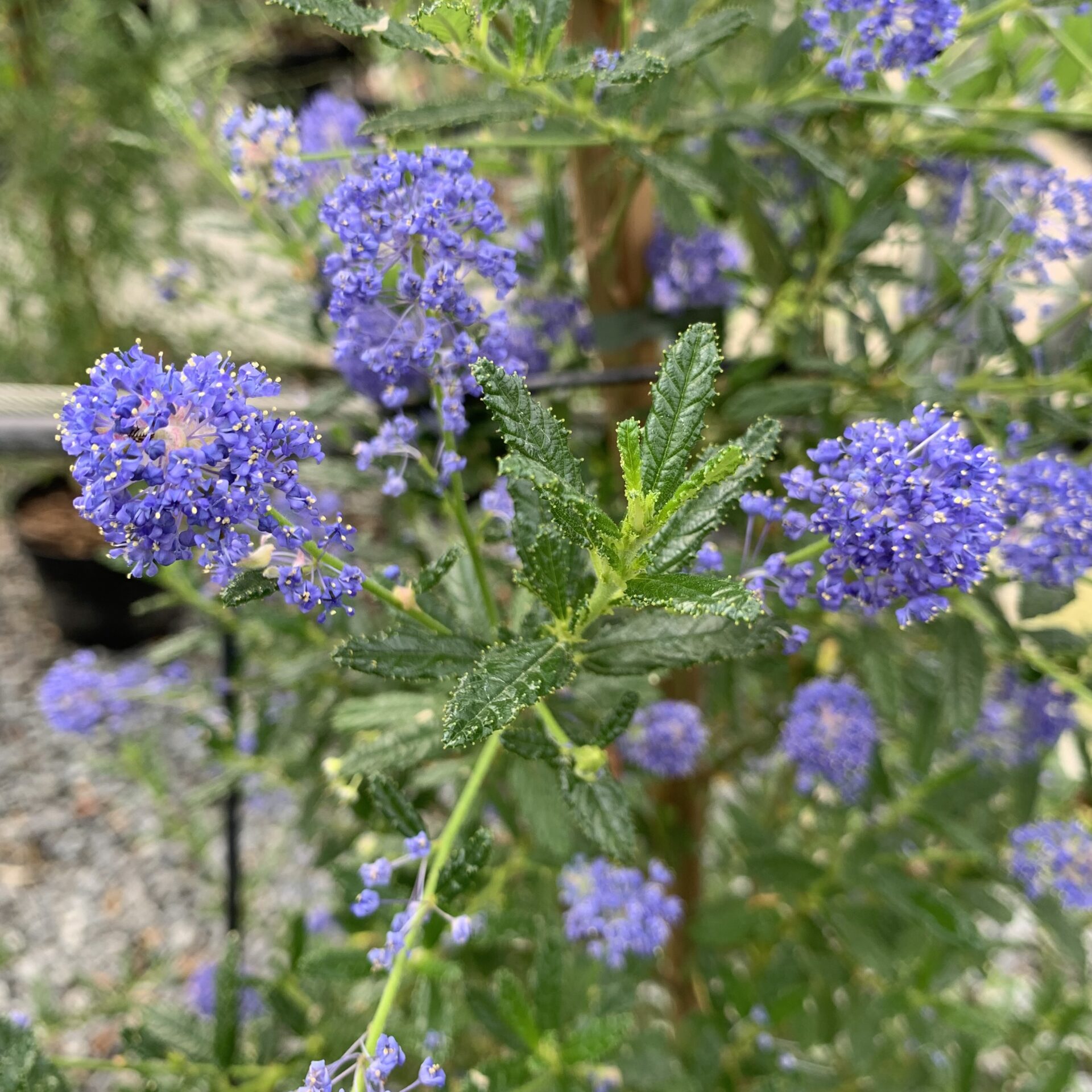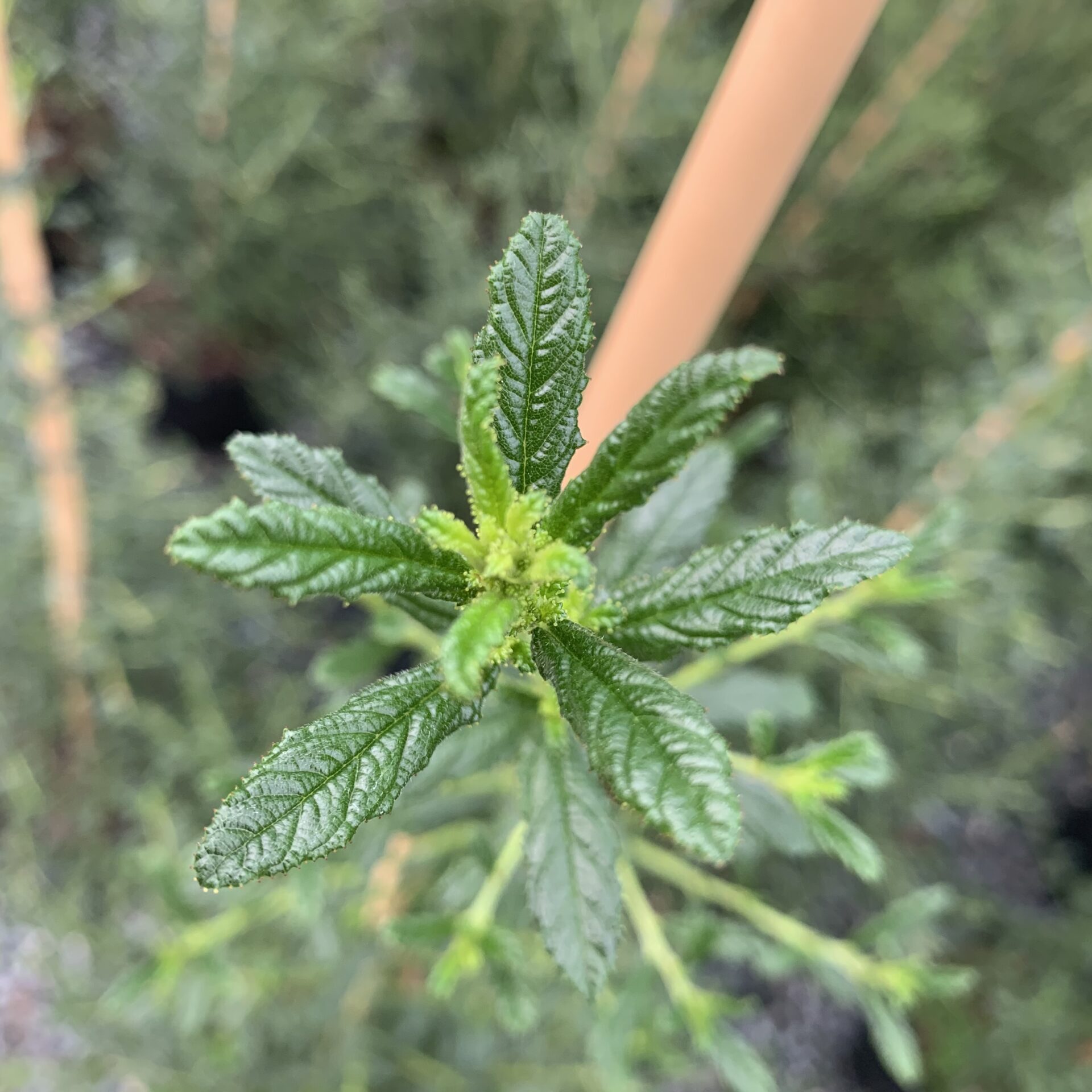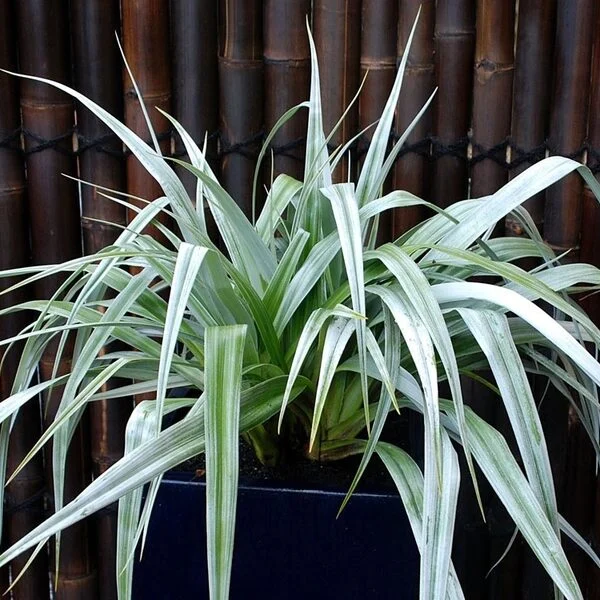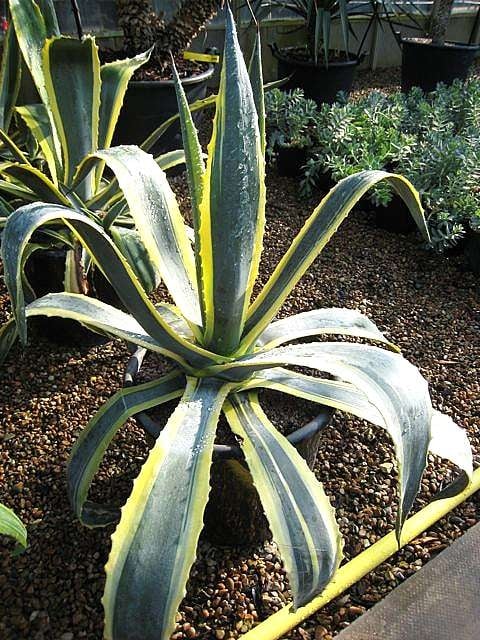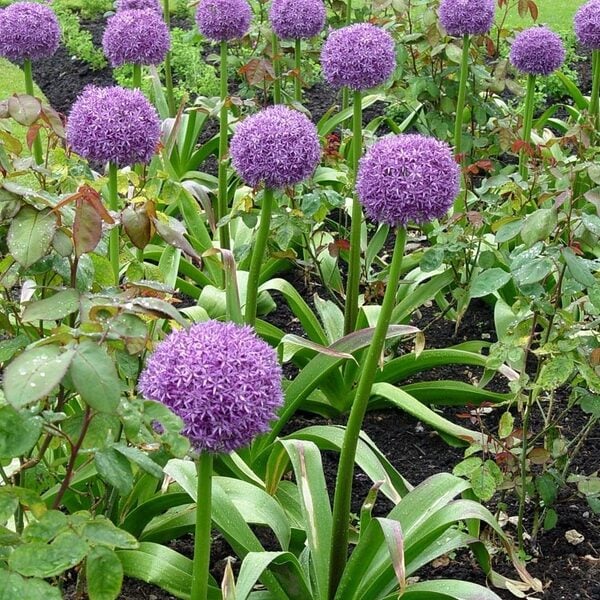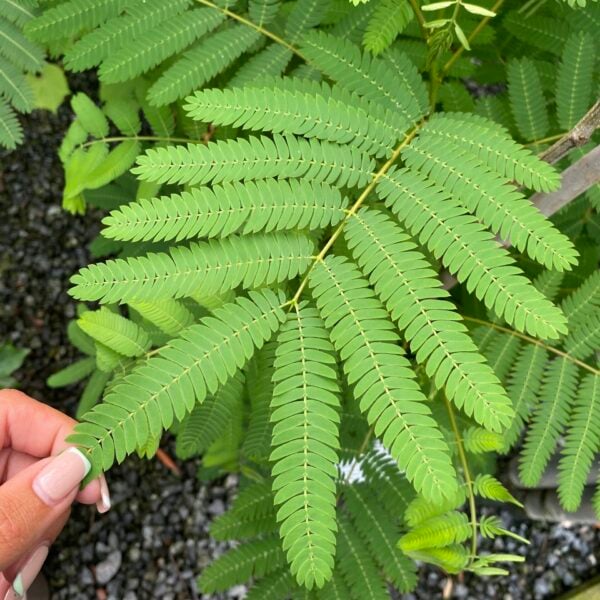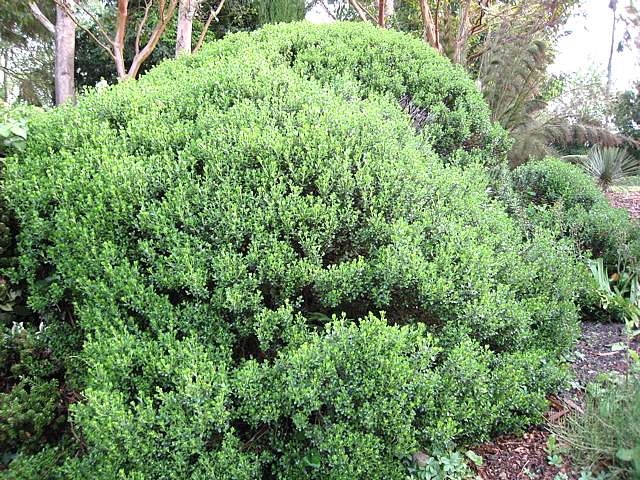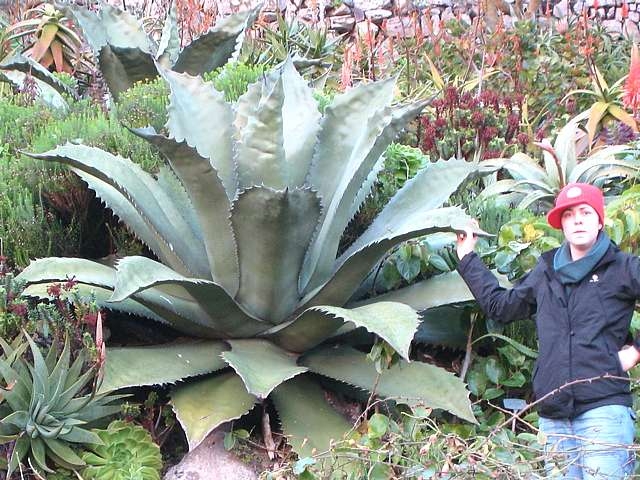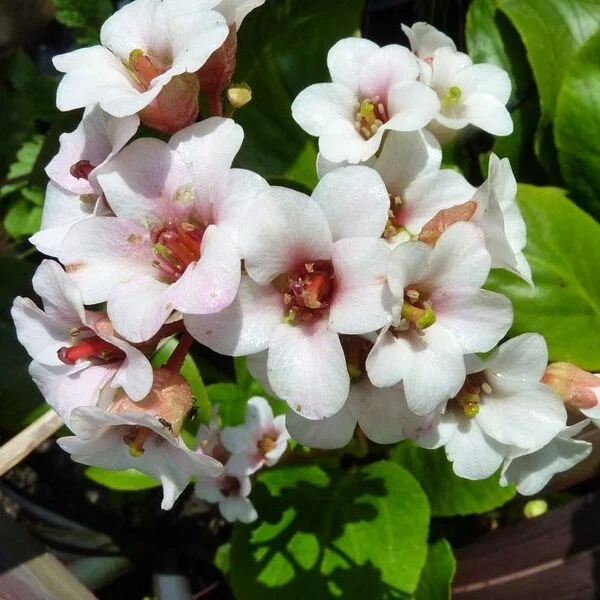Ceanothus arboreus (Californian Lilac)
Large shrub that always benefits from a good hair cut. Covered in quantities of fragrant blue flowers in early summer. Spectacularly fast growing. 12 ft. in 3 years Please contact us for stock availability and sizes.

Hardiness level Amber
Probably the fastest growing plant on the nursery - it could reach 20 ft in 5 years BUT, and this is quite a big 'but', giving it a haircut from time to time (immediately after its early summer flowering) makes it a much more handsome plant. It keeps the foliage denser and you can control the shape. As long as it has plenty of light and space, it grows almost anywhere, on a wide range of soils. The blue flowers are prolific and fragrant and highly attractive to butterflies. They're so keen to flower that you'll often get them to flower twice - May and then October. As I write, it's late November and we have masses flowering on the nursery right now. Like many Californian plants - fast growing but not long lived. About 15 years on heavy soil, up to 40 years on well drained soil. As with all plants known for their drought resistance, they need masses of water when first planted but once established, never again. There's a fine collection of old Ceanothuses at Cambridge Botanic Garden. They like the low rainfall of East Anglia and the well drained soil around Cambridge.
Propagated by us from cuttings. The original plant was a rather fine hedge (it makes a good hedge) that Peter the propagator found in Kingston-upon-Thames in 1989.
N.B. When clipping several plants with the same tool, have a bucket containing a 5% bleach solution and swish your blades around for 30 seconds between plants to sterilise them. This will help avoid the chance of cross contamination of disease.
As with all woody plants, plant high, exposing as much of the taper at the base of the trunk as possible. Allowing soil to accumulate round the base of a tree can be fatal. Keep very well watered when first planted.
Additional Information |
|
|---|---|
| Soil Type | |
| Light | |
| Plant Type | Evergreen, Flowers, Grown by Us, Screening Plants, Shrubs, Trees |
| Continent of Origin | |
| Specialist Plants | |
| Tree Size | |
| Situation | Coastal, Exposed (To wind and sun), Mild City Gardens, Plants for Pots, Seaside, Sheltered Garden |
| Flower Colour | |
| Hardiness | |




